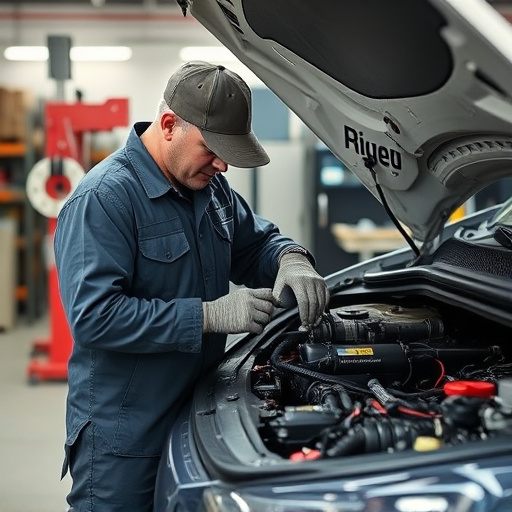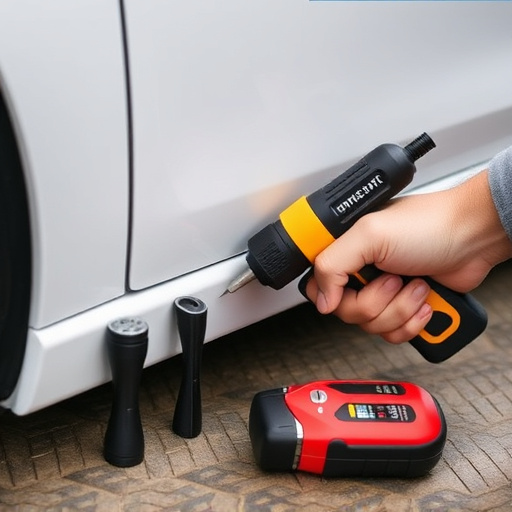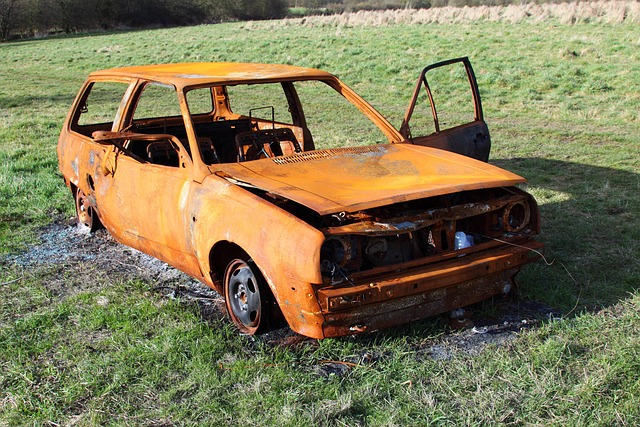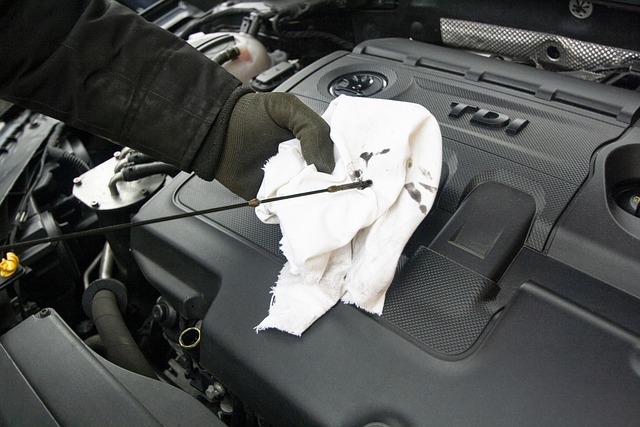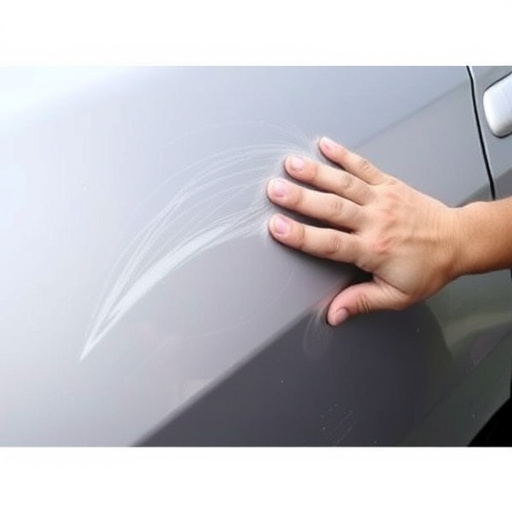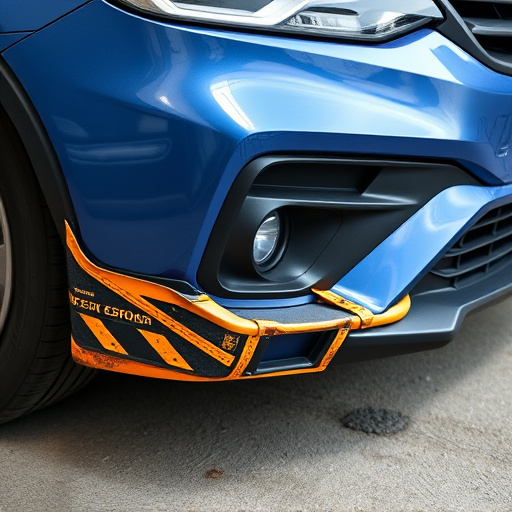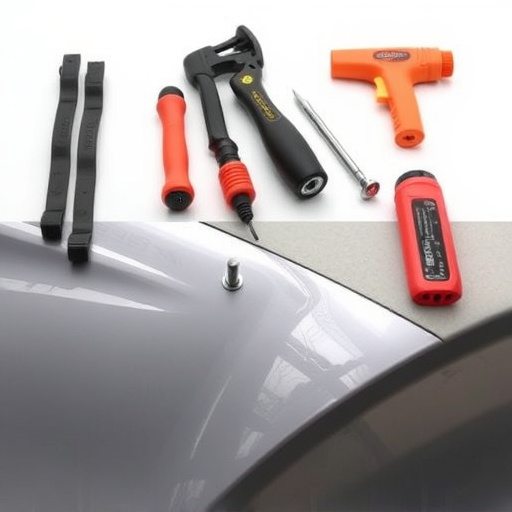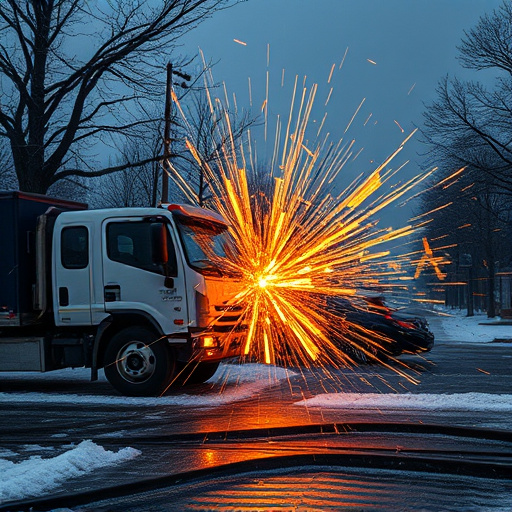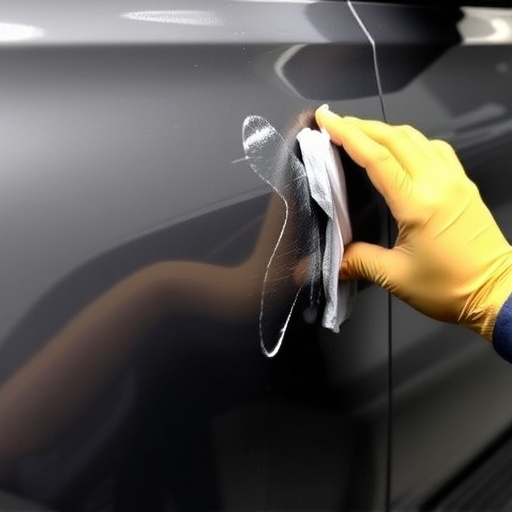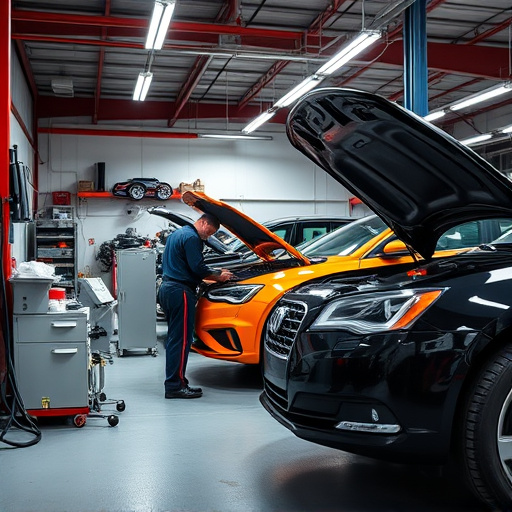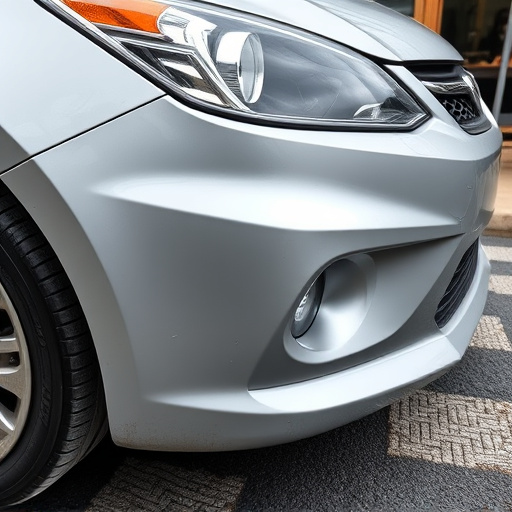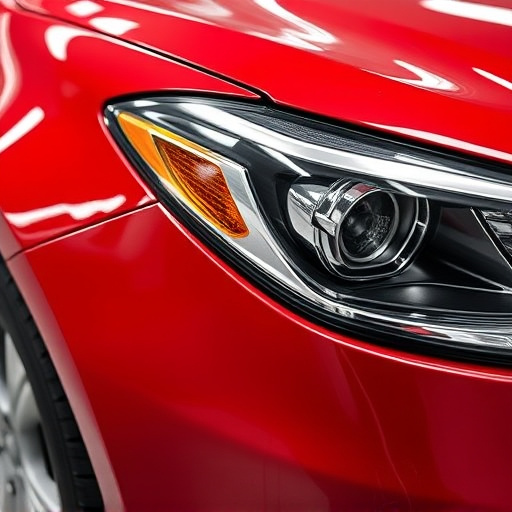Tesla composite repair is a specialized service addressing unique challenges posed by vehicles' complex composite materials. Meticulous inspection identifies damage from sharp objects, weather, or collisions, with skilled technicians using advanced techniques to restore structural integrity and cosmetic appeal. Unlike conventional repairs, Tesla composite repair precisely matches color, texture, and fit, guaranteeing optimal vehicle performance and enhanced structural strength.
Tesla vehicles are renowned for their innovative design, but the unique composite materials used in their construction present specific challenges when it comes to repairs. This article delves into the intricacies of Tesla composite repair, focusing on damage caused by weather and impact events. We’ll explore how to identify these issues, assess their severity, and employ effective restoration techniques tailored to these advanced automotive materials.
- Understanding Tesla Composite Material and Its Fragility
- Assessment: Identifying Weather or Impact Damage
- Repair Process: Techniques for Effective Restoration
Understanding Tesla Composite Material and Its Fragility
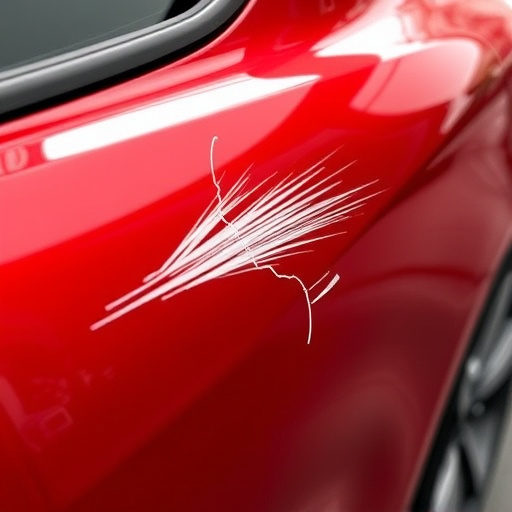
Tesla vehicles are renowned for their sleek, modern design, much of which is attributed to the innovative use of composite materials. While these materials offer numerous benefits in terms of strength and weight reduction, they also present unique challenges when it comes to repairs, especially after weather or impact damage. Understanding the nature of Tesla composite material is crucial for effective vehicle body repair.
Composite materials are made up of several layers, including a matrix (usually fiberglass or carbon fiber) reinforced with resin. This intricate structure can be easily damaged by sharp objects, extreme weather conditions like hail or acid rain, and high-impact collisions. Even small cracks or delaminations in the composite layers can compromise structural integrity and aesthetics. Therefore, Tesla composite repair requires specialized skills and equipment to ensure that the vehicle body is restored to its original condition, maintaining both safety and cosmetic appeal. Auto body services specializing in Tesla composite repair are equipped to handle fender repair and other composite damage, ensuring your vehicle not only looks good as new but also performs optimally on the road.
Assessment: Identifying Weather or Impact Damage
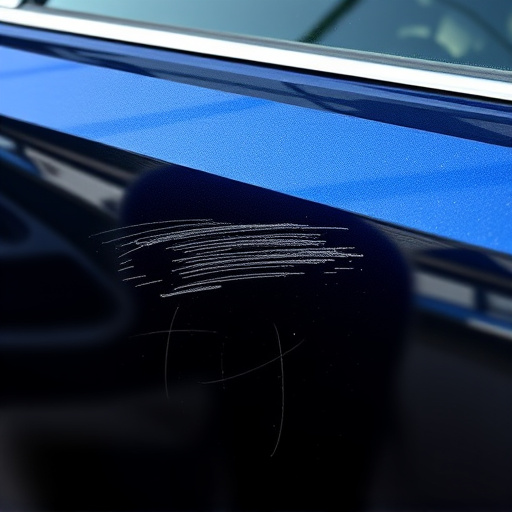
When it comes to assessing Tesla composite repair needs, especially after weather or impact damage, the first step is meticulous inspection. Start by walking around the vehicle, looking for any visible signs of deformity or changes in the body’s contour. Check for dents, scratches, or cracks, paying close attention to areas prone to damage like fenders, doors, and hoods—common sites of a fender bender. Weather conditions such as severe storms or prolonged exposure to harsh elements can also leave their mark; look for signs of rust or delaminations in the composite panels.
Using specialized tools and knowledge of Tesla composite materials, professionals at a reputable car repair shop will identify specific damage types—be it dent repair, crack mending, or more complex structural issues. This assessment is crucial in determining the extent of repair required, ensuring not just cosmetic restoration but also maintaining the vehicle’s structural integrity.
Repair Process: Techniques for Effective Restoration
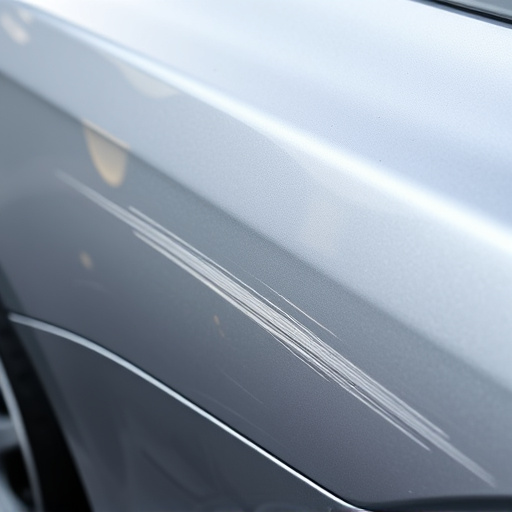
The Tesla composite repair process involves a meticulous approach to restore damaged vehicles to their original condition. It begins with an assessment to identify the extent of the damage, whether it’s from weather conditions like severe storms or accidental impacts. Skilled technicians employ advanced techniques tailored for composite materials, which are lighter and more durable alternatives to traditional metal bodies. This expertise ensures that every crack, dent, or tear is accurately located and addressed.
Composite repair differs from conventional vehicle repair, such as Mercedes Benz repairs, in its precision and material handling. Repairs may involve replacing damaged panels with new composite parts, meticulously matching the original specifications for color, texture, and fit. Advanced tools like sanders, heaters, and pressure-sensitive adhesives facilitate precise cuts, shaping, and bonding. The result is a restored vehicle that not only looks like new but also maintains its enhanced structural integrity, akin to a car restoration but with specialized techniques suited for modern composite materials.
Tesla composite repair is a specialized process that requires understanding the unique characteristics of these advanced materials. After weather or impact damage, a thorough assessment is key to identifying the extent of the issue. By employing precise techniques, trained technicians can expertly restore Tesla vehicles to their original condition, ensuring both structural integrity and aesthetic appeal for composite repair solutions.
